When you're riding your bike, noises like creaks, squeaks, squeals, and clicks can be more than just a nuisance; they could be a symptom of a serious issue that, if left unattended to, could cause harm to you or your electric trike for adults. It can be challenging to pinpoint the source of sounds at times. Make an effort to locate the area where you think the noise is coming from before attempting to resolve the problem. Identifying and fixing the most typical bike noises requires intermediate to advanced knowledge of the components and their workings. If you need help fixing something, take your bicycle to the local service shop.
How to Repair a Squeaking Chain?
Lubrication is necessary for a chain that is creating a squeaky noise. Put the bike on a stand or rest it against a wall with the drivetrain facing you to accomplish this. The pedals will be able to turn freely as a result. Apply a drop of lubrication to every chain link as you pedal rearward with your hand. Continue pedaling backward to work the grease into the chain.
- Oil a squeaky chain
Before your next ride, remove any extra oil by pedaling backward and wiping it off in the same spot as before using a clean rag. If your chain has acquired significant rust or if the links have grown stiff, you should have it replaced at a bike shop.
How to Care for a Clicking Chain?
The clicking sound your chain makes is most likely caused by it attempting to shift up or down a gear on the rear cassette. Most of the time, all that is needed to fix this problem is to adjust the tension of the cable that connects your shifter to your rear derailleur. Depending on the design of your bicycle, barrel adjusters will likely be located on the shifters and cables and adjacent to the rear derailleur. Use the barrel adjusters to make any necessary adjustments to the cable tension.
How to Take Care of Your Bike's Squeaky Brakes?
A squeaky brake is one of the uncommon squeaks that cannot be eliminated by oil application. So be sure not to oil your brakes.
First, check to see that your wheel is fastened properly: Before attempting to eliminate a squeak, make sure your wheel is correctly positioned in the dropout of your front fork or the back portion of the frame. A wheel not being mounted correctly will be out of alignment and could harm the brake pad or another frame part.
After that, make sure your wheel is straight: You may check to see if the wheel is true or whether it wobbles from side to side by mounting your bicycle on a stand or lifting the loud wheel off the ground and spinning it.
If your car utilizes rim brakes, you must monitor both the brake pads and the rim. If there is any wobble or uneven rubbing of the brake pads on the rim, your wheel must be trued.
Bring your bicycle into the shop if one of your wheels needs to be trued or if one of your brake rotors needs to be repaired. You can continue with the subsequent steps if your wheel is accurate.
Check the brakes for dirt and wear indicators:
To clean the pads and the rim or rotor, use rubbing alcohol or a solution designed specifically for cleaning brakes. The brake pads and rotor should then be gently roughed up using sandpaper (with disc brakes, it will be easiest if you remove the pads from the calipers before sanding them).
After that, check your brake pads to ensure they are not too worn out. The metal portion that holds the pads must have enough padding so that it does not make contact with the rotor or the rim.
How to Get Rid of the Rear Suspension Pivot's Noisy Noise?
A mountain bike's rear suspension has a number of pivot points, and these points could squeak if they become dry or loose or if the bearings need to be replaced.
The rear suspension's pivot bolts should be adjusted:
To check whether the pivots are suitably tight, use a hex wrench that is the right size for the pivot bolts. A torque wrench should be used to ensure that the pivot bolts are tightened to the bike manufacturer's standards.
The joint that joins the pivot to the frame has to be lubricated. Take hold of the internal pivot component and wriggle it in both directions to see whether there is play. You should have your bicycle serviced if lubricating and tightening the bolts do not stop the squeak.
The best way to get rid of front suspension noise
When you're riding on rough terrain, and your front shock starts to squeak, you might have accidentally locked it out. This could cause a squeak that resembles a sneeze. Opening up your shock to the ride position will help you reduce noise on rough terrain.
What to Do About a Noisy Bike Suspension?
If you hear a clunking sound from the front shock, you should exert additional pressure on it. For more details and step-by-step instructions on configuring your shocks, see this post on our blog.
If these solutions don't work or if your shock is dripping oil, you should take your bike in for repair as soon as possible.
How to Fix a Squeaky Bike Saddle?
Noisy squeaks from your saddle almost often indicate that your saddle clamp, which fastens to the rails of your saddle, must be tightened up more. Please find out how your saddle is attached by looking below it. It may be fastened with one or two bolts on the front and back of your seat post or bolts on the side (s).
Depending on which of these tools is best for the saddle bolt(s) you are using, tighten the bolt or bolts using a star-shaped torx wrench or a hex wrench to ensure no movement occurs.
Additionally, ensure the saddle's clamp is situated inside the seat's fore and aft limits. Most saddles have marks on the rails that show the maximum forward and rear positions.
If your saddle is fixed but still moves forward or backward, or squeaks, seek the help of a skilled bike mechanic. Your saddle's clamp can be damaged or worn out, or you might want a brand-new saddle entirely.
Bike Maintenance Guidelines
Once a year, you should have your Aitour bikes serviced at the authorized center or another bike repair shop. A skilled bike mechanic can fix any clicks, creaks, or squeaks on your bike before they become a bigger issue.
The amount of wear and tear, as well as creaks and squeaks, can be decreased by keeping your bicycle clean and well-greased.
You should always have a container of liquid lubrication that is suitable for the conditions where you ride, as well as a tube or tub of paste grease. Use only lubricants and cleaners made especially for bicycles.
The only way to ensure that all of the bolts on your bike are tightened in accordance with the instructions given by the manufacturer is to use a torque wrench. The suggested level of tension for the bolts is often marked right next to the bolt, whether it be on your rotor or your stem. After setting the wrench to the required torque, tighten the bolt to the proper degree; the wrench will then release the pressure on its own.

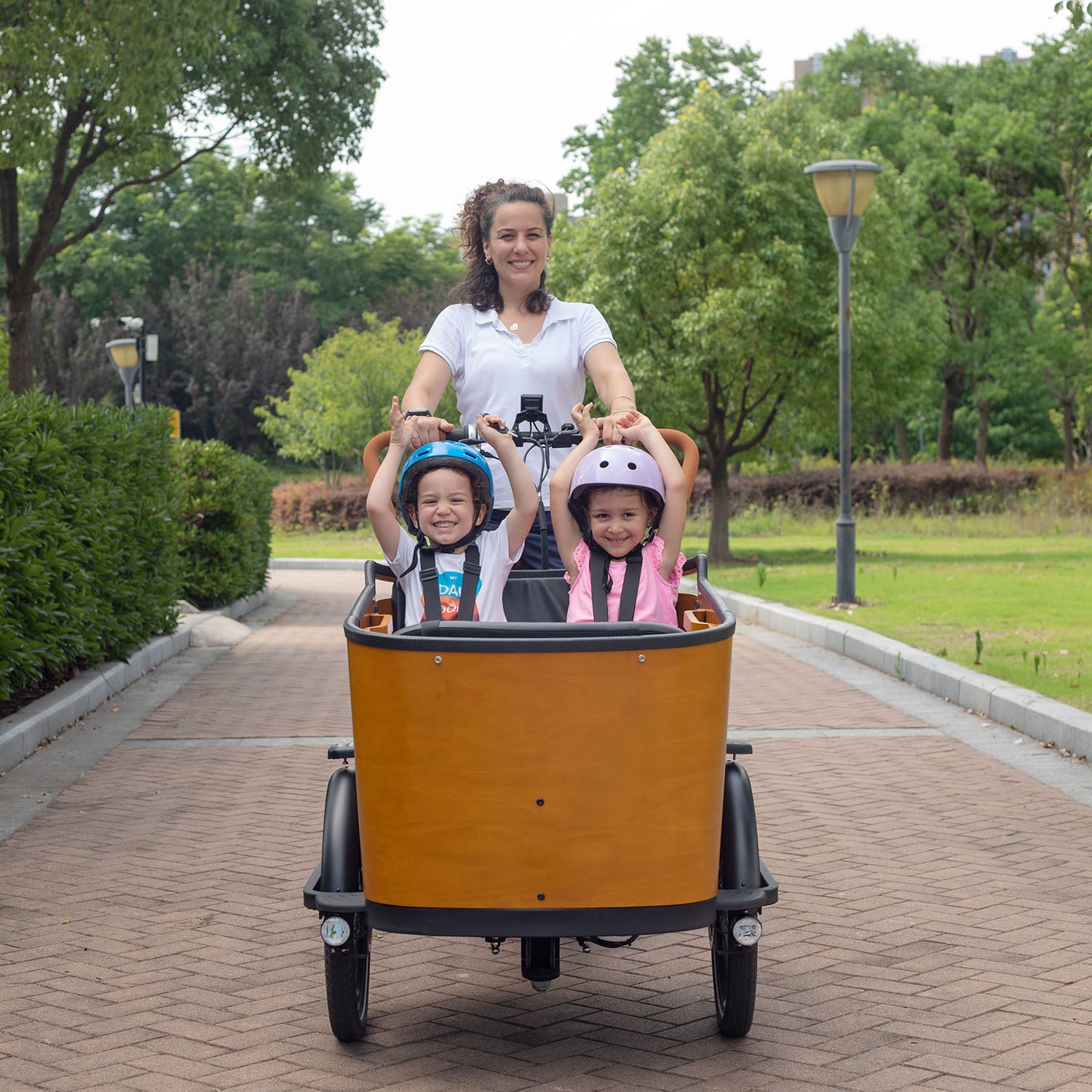
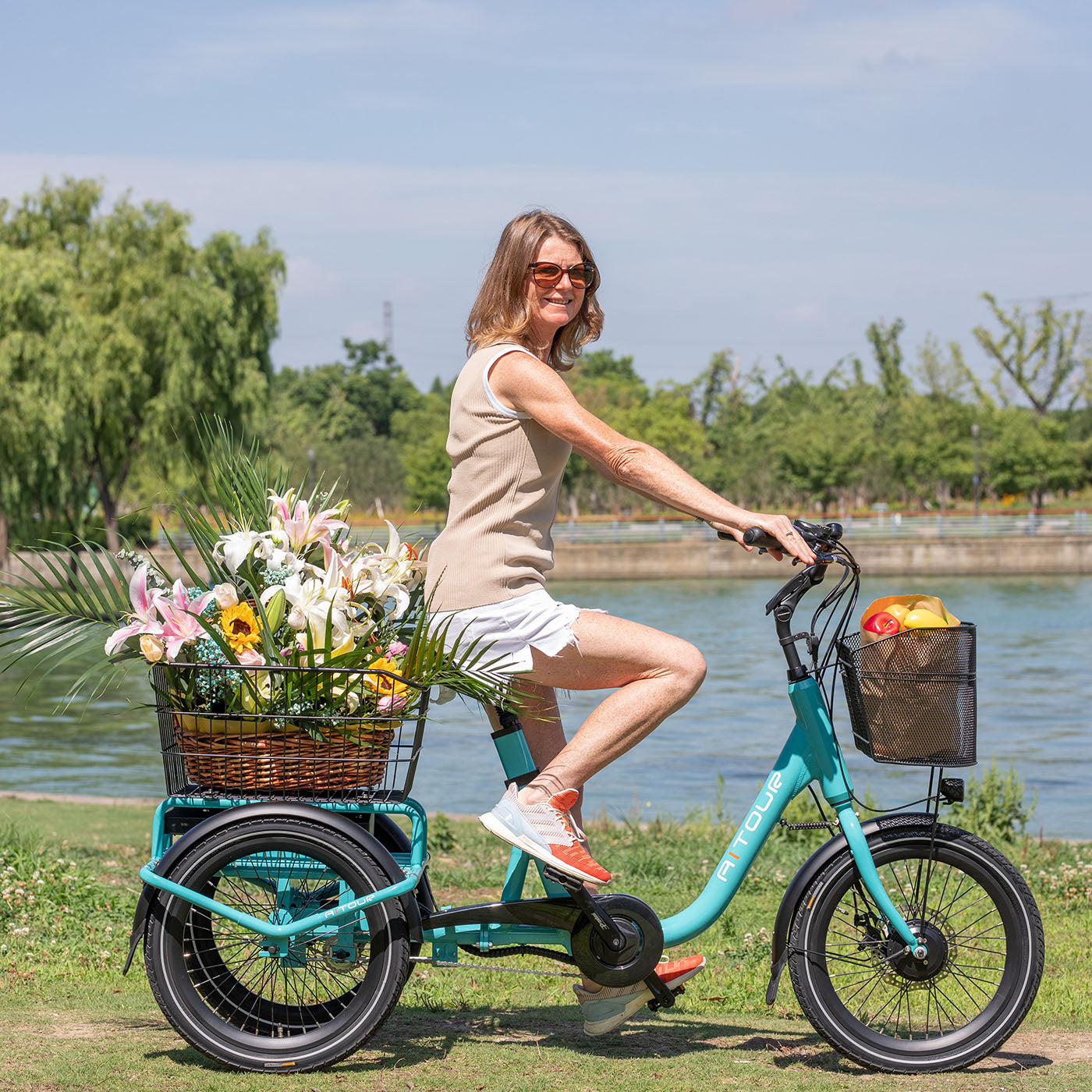
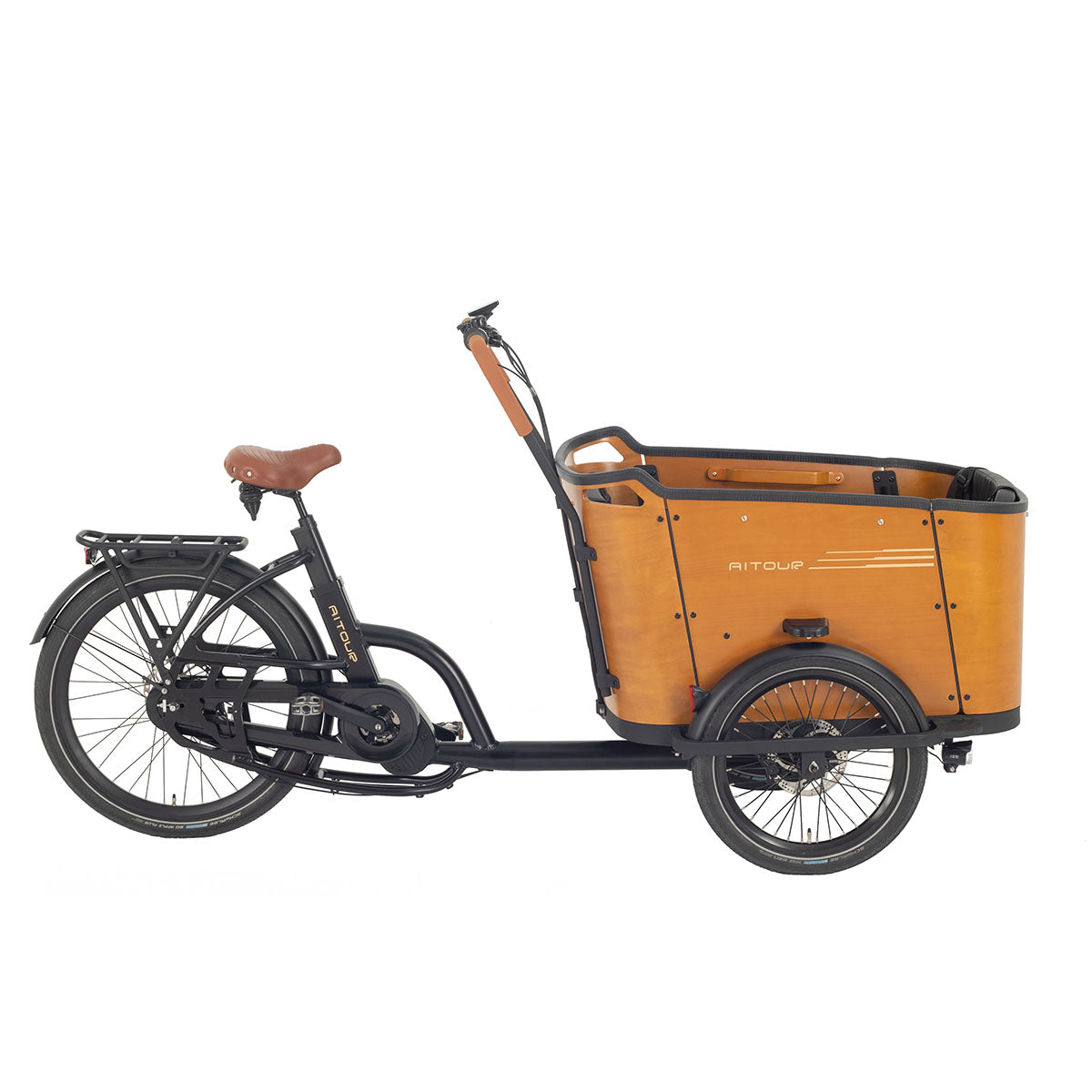
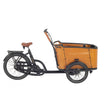
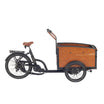
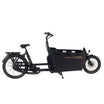
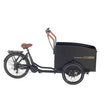
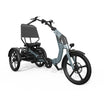
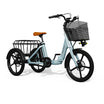
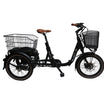
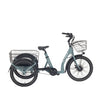
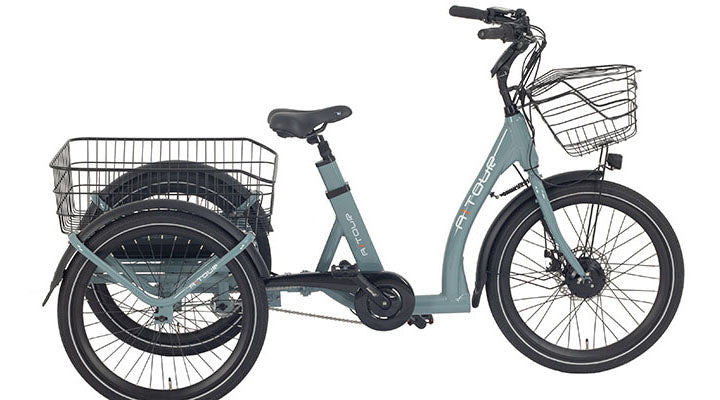
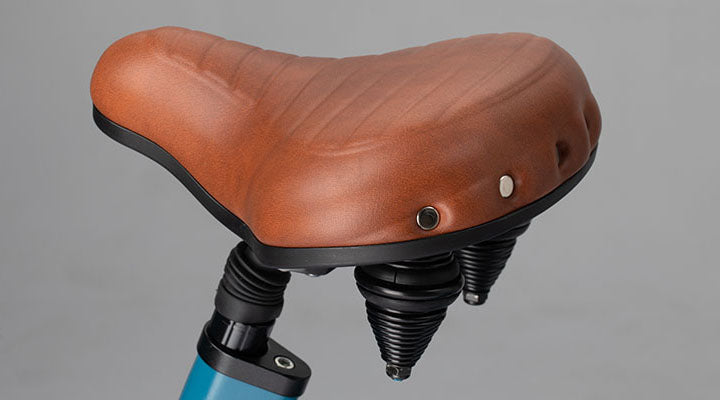

Leave a comment
All comments are moderated before being published.
This site is protected by hCaptcha and the hCaptcha Privacy Policy and Terms of Service apply.